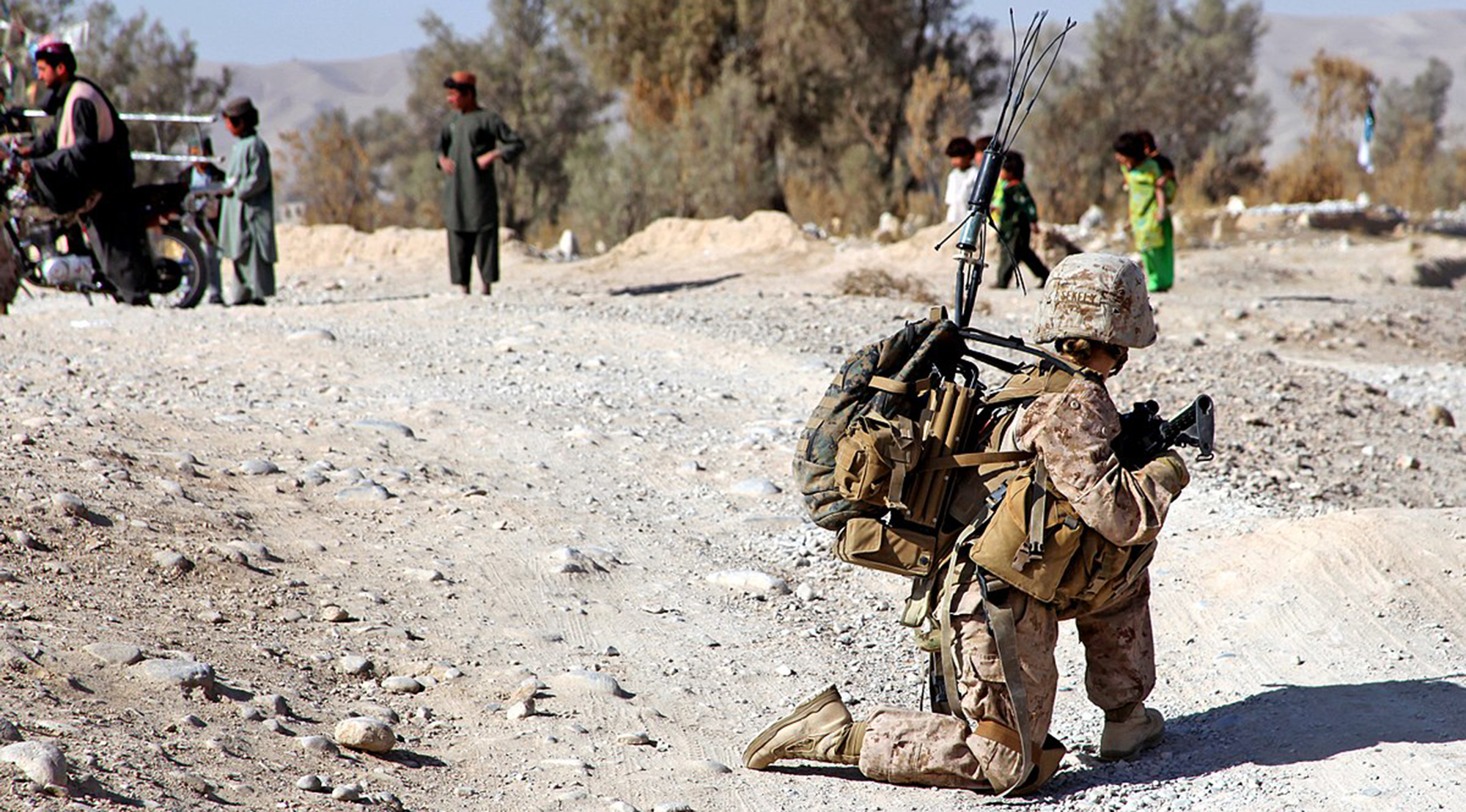Peace is an integral concept in the discourses and practices of International Relations (IR). There are varying definitions and “perceptions” of peace, especially when it comes to the material and conceptual divide between the Global North and the Global South. It is important to acknowledge the contributions of discursive constructions of peace, along with their operational usage in policymaking that emanates from Western scholarship. However, for those suffering from conflict and violence on a daily basis, the “reality” of peace and the desire to survive supersedes the (western) “perceptions” and operational definitions. There is also an ideological divide between the Global North and South in understanding how conflicts are “resolved” on a local level, especially in traditional societies. One such case, where these differences in the perceptions and realities of peace and justice were evident in recent years, was Afghanistan.
The (western) “peacebuilding project” in Afghanistan did introduce positive initiatives, such as democracy, education for all, and the inclusion of women in governance and decision-making processes. As a result, Afghanistan held several elections and, in 2015, adopted its first National Action Plan (NAP) on Women, Peace and Security (WPS) based around the pillars of participation, protection, prevention, and relief and recovery. However, contrary to its own WPS (2019) strategy of prioritizing women in conflict, the US and its coalition partners side-lined women from peace negotiations with the Taliban, who, after taking over Kabul, instantly excluded women from governance roles and decision-making bodies. On this situation, Professor Shweta Singh notes: ‘It is time we re-think, reframe the politics of WPS agenda – let us agree for once that the celebratory liberal agenda, while has all the right P’s, stands challenged on the ground- and this just doesn’t hold true only for the Afghanistan of today, but across South Asia’.[1]
Similarly, in Afghanistan, local and indigenous structures – primarily village councils like Jirga (common in Pashtun areas) and Shura (common in non-Pashtun areas) – often take precedence over western forms of justice and conflict resolution. Several international research works and reports have argued that the Afghans put higher trust in Jirgas and Shuras than the (western) court system. Despite this higher trust, both these mechanisms are largely all-male bodies and lead to gender exclusion from decision-making processes. These cultural dynamics combined with (often inaccurate) religious justifications enable groups like the Taliban to exclude women from governance and peacebuilding institutions. This complexity, and reality, of (local) traditional justice and conflict resolution structures suggest that the Afghan “peacebuilding project” that sought to implement models based on a predominantly western understanding, even with its positives, was destined to face major barriers.
Nonetheless, the US/coalition failure of establishing “durable peace,” as perceived in the west, in Afghanistan provides several lessons for policymakers and peacebuilders:
- First, legitimacy is an important concept when it comes to peacebuilding in fragile states. For terrorist and/or militant groups, legitimacy amplifies both their message and influence, whereas for civilian governments, it helps establish the rule of law. Hence, once the Taliban gained this legitimacy through the Doha (Peace) Agreement in February 2020, the civilian government, established through successive elections, was instantly undermined. More importantly, progress made on the WPS agenda was automatically undone as women were largely excluded from the peace talks. A successful peacebuilding project, both in theory and practice, cannot succeed if groups that were perceived as terrorist outfits, with a known history of inflicting political violence, are ultimately acknowledged as equal stakeholders by the US and its coalition partners.
- Second, policymakers must consider and deal with both the internal and external drivers of conflict to achieve lasting peace. The conflict was, in many ways, imposed by external actors on the Afghan people since the 1980s. Even if concerted efforts were made to address some internal root causes of conflict, external causes – such as non-state and state actors (e.g. Afghanistan’s neighbors) – were largely ignored by the US and coalition partners. Moreover, the focus of establishing peace largely remained on major cities such as Kabul, whereas the rural and remote parts were either contested, controlled by the Taliban, or run by warlords. As a result, multi-tier local conflicts – including resource, ethnic and intra-tribal conflicts – were given little consideration, which ultimately resulted in the peacebuilding project’s failure.
- Finally, decades of war and instability reshaped the Afghan society, especially in the rural and remote parts where tribal chieftains and elders, widely respected, were replaced by hard-line clerics and warlords. The warlords gave rise to the war economy, which persisted even after the US/coalition invasion and control of Afghanistan. The rent-seeking warlords ensured that true domestic and political reform never replicated and extended to the rural parts of the country. Hence, a peacebuilding project that decided to “live with” this presence of warlords, was, therefore, always destined to fail.
The (western) peacebuilding project in Afghanistan had some major positives; especially in terms of education, (some form of) democracy, free media, inclusion in governance, and more professional opportunities for women. However, achieving durable and lasting ‘peace’ in Afghanistan, as perceived in western scholarship, the US-led, and coalition supported, peacebuilding project was destined to fail since its inception due to the difference in “perceptions” and “realities” of peace.
[1] Shewta Singh (2021). Twitter. Accessed 18 September, 2021, from https://twitter.com/shwets_singh/status/1438850080354697226


